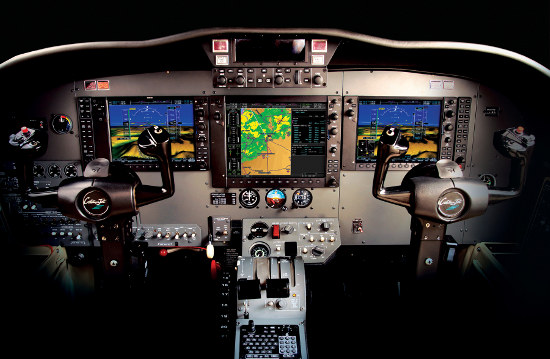Seeking growth, GPS device makers look to OEM applications

Here's a sentence that shouldn't surprise you: the personal navigation device market -- you know, the GPS units you purchase for your car and other on-the-go applications -- is cratering in North America, thanks to the increasing ubiquity of GPS-enabled smartphones.
So what's a company like Garmin, which manufactures these devices, to do when faced with an existential crisis like this?
Answer: ditch the consumer segment for the OEM market.
Garmin announced its second quarter earnings Tuesday evening, showing an 8 percent drop in overall revenue (thanks to a 19 percent drop in that auto/mobile segment) but double-digit increases in many of the other areas of its company, including the outdoor, fitness, aviation and marine sectors.
When the going gets tough, the tough regroup. The good news: GPS technology is more popular than ever, just not in the form it's been used in the past.
Here's how the numbers look:
- Automotive/Mobile segment revenue decreased 19% to $363 million
- Outdoor segment revenue increased 1% to $81 million
- Fitness segment revenue increased 25% to $78 million
- Aviation segment revenue increased 13% to $73 million
- Marine segment revenue increased 6% to $79 million
- North America revenue was down 21% to $358 million from $455 million
- Europe revenue was up 12% to $253 million from $226 million
- Asia revenue was up 31% to $63 million from $48 million
Which is why the company acquired rival Navigon -- its strength is in the OEM market and it has a large presence in Europe, which continues to show growth.
But the company is also diversifying away from those square boxes and toward using its technology in a more embedded way -- for example, to track pets (through its Tri-Tronics acquisition), fish in the ocean (via its Echo Fishfinders product) and weather and terrain (via its cockpit devices for pilots; the G1000 for the Cessna Citation is pictured above).
Plus, the company sees untapped potential in the fitness market; the question is whether it can compete against leaders Nike and Adidas to chart the workouts of runners, bicyclists and other athletes.
The future of GPS may not look like that little black box at all.
